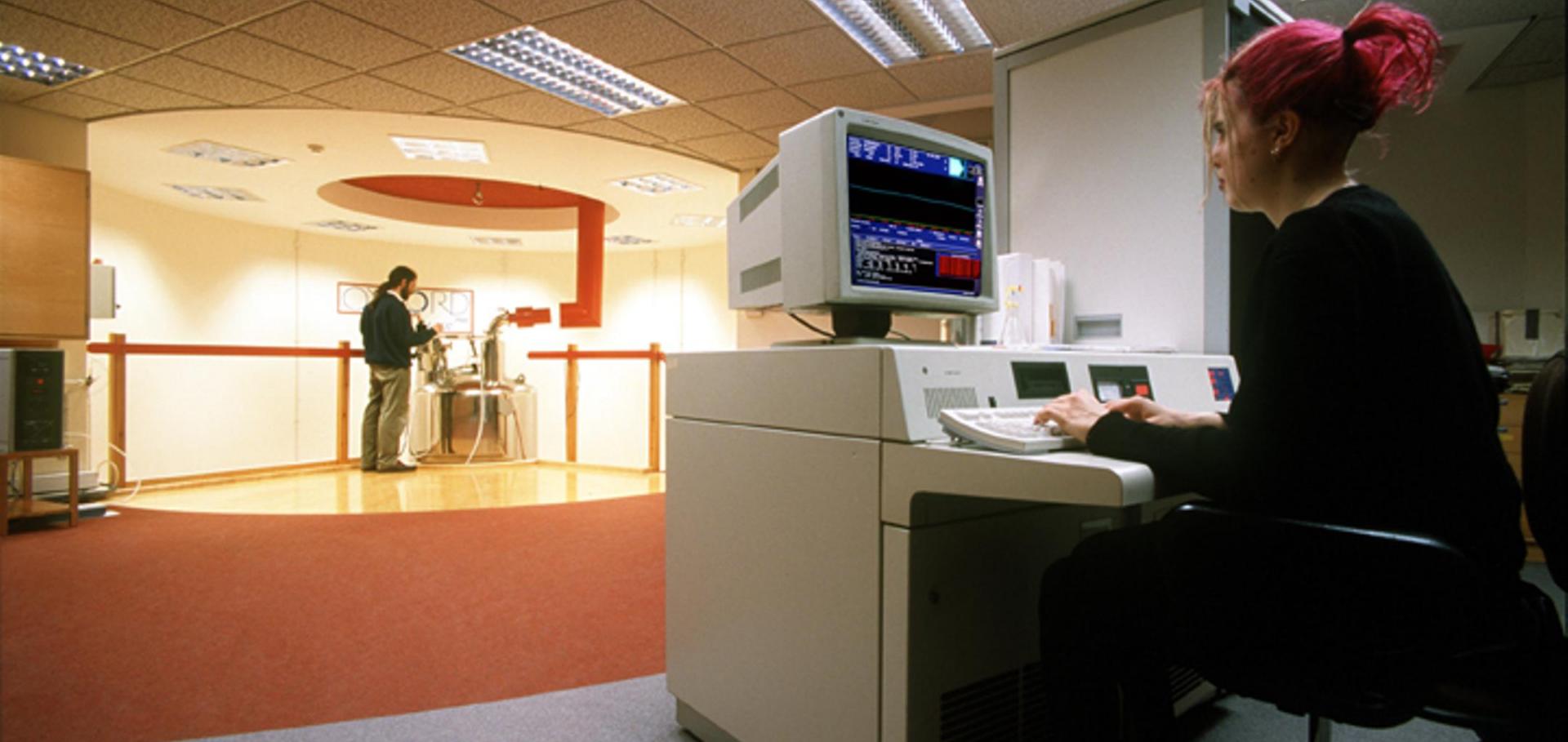Composite pulses in NMR quantum computation
Journal of the Indian Institute of Science 89:3 (2009) 303-308
Abstract:
I describe the use of techniques based on composite rotations to combat systematic errors in quantum logic gates. Although developed and described within the context of Nuclear Magnetic Resonance (NMR) quantum computing these sequences should be applicable to other implementations of quantum computation.Magnetic field sensing beyond the standard quantum limit using 10-spin NOON states.
Science 324:5931 (2009) 1166-1168
Abstract:
Quantum entangled states can be very delicate and easily perturbed by their external environment. This sensitivity can be harnessed in measurement technology to create a quantum sensor with a capability of outperforming conventional devices at a fundamental level. We compared the magnetic field sensitivity of a classical (unentangled) system with that of a 10-qubit entangled state, realized by nuclei in a highly symmetric molecule. We observed a 9.4-fold quantum enhancement in the sensitivity to an applied field for the entangled system and show that this spin-based approach can scale favorably as compared with approaches in which qubit loss is prevalent. This result demonstrates a method for practical quantum field sensing technology.Magnetic field sensing beyond the standard quantum limit using 10-spin noon states
Science 324:5931 (2009) 1166-1168
Abstract:
Quantum entangled states can be very delicate and easily perturbed by their external environment. This sensitivity can be harnessed in measurement technology to create a quantum sensor with a capability of outperforming conventional devices at a fundamental level. We compared the magnetic field sensitivity of a classical (unentangled) system with that of a 10-qubit entangled state, realized by nuclei in a highly symmetric molecule. We observed a 9.4-fold quantum enhancement in the sensitivity to an applied field for the entangled system and show that this spinbased approach can scale favorably as compared with approaches in which qubit loss is prevalent. This result demonstrates a method for practical quantum field sensing technology.Magnetic field sensing beyond the standard quantum limit using 10-spin NOON states
(2008)


